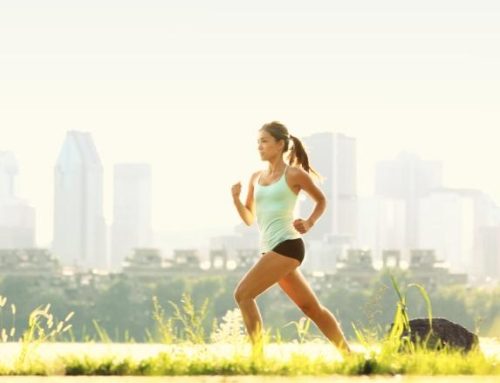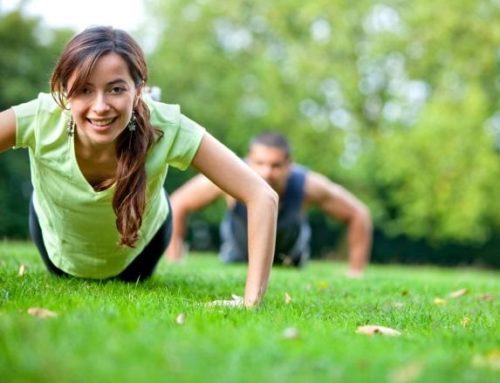Yoga isn’t just a good stretch – it’s a workout focused on the mind-body relationship. In fact, the word ‘yoga’ means ‘to unite.’ The practice of yoga creates strength, flexibility, and balance in the physical body and mind.
Practiced for thousands of years by billions of people, yoga is an umbrella term for many styles that suit different needs and appeal to different people. Here’s a breakdown of the five most common types of yoga practiced in America:
Hatha: Hatha yoga is the perfect style for a beginner or a former yogi looking to return to the practice after a long break. These classes are slow, relaxing, and offer more instructor feedback. You won’t flow quickly from down dog to up dog – you’ll take your time, focusing more on gentle stretching, correct positioning, and deep breathing.
Ashtanga: A fast-paced class that follows a standardized pattern of six series of pose sequences. Ashtanga classes are very challenging and best-suited for experienced yogis with a firm understanding of a wide range of poses. At a Mysore Ashtanga class, students practice at their own pace in silence, without the instructor calling out poses. Ashtanga classes are regimented and fast-paced. These classes are more cardio than relaxation.
Bikram: Much like Ashtanga, Bikram is an intense, advanced yoga style. Bikram also follows a standard pattern of pose (two cycles of 26 poses in a specific order). Unlike Ashtanga, however, Bikram is practiced in a hot, humid room – over often 100 degrees, which fans of the practice say encourages deep breathing and muscle relaxation. Bikram is a cardio workout that’ll blast away calories – upwards of 600 calories an hour.
Power: Power yoga, also known as vinyasa or flow yoga, describes a very Westernized approach to yoga. Focused less on inner calm and more on aerobics, power yoga transitions quickly from one pose to the next in a ‘flowing’ motion. Your instructor will often remind you to breathe with movement. Power classes vary greatly from studio to studio; an introductory class would work for beginners, but regular classes are more advanced (and yet still more attainable than Ashtanga or Bikram). Power classes are great for athletes like runners or Crossfitters who are looking for deep stretches but get antsy in slower classes.
Prenatal: Designed especially for pregnant women, prenatal yoga classes are slow, gentle, and include many pose modifications to accommodate the mommas’ growing baby bumps. Prenatal classes often include a focus on meditation and group discussions.
































Leave A Comment